WWYD? Asbestos in drywall joint compound and texturing
pudgybaby
11 years ago
Featured Answer
Comments (18)
marie_ndcal
11 years agoBilll
11 years agoRelated Professionals
Bull Run Architects & Building Designers · Spring Valley Architects & Building Designers · Syracuse Architects & Building Designers · Bay Shore General Contractors · La Marque General Contractors · Longview General Contractors · Mount Vernon General Contractors · Norwell General Contractors · Olney General Contractors · Sheboygan General Contractors · Signal Hill General Contractors · Travilah General Contractors · Honolulu Home Stagers · Kailua Home Stagers · Morton Grove Interior Designers & DecoratorsLinda
11 years agoncrealestateguy
11 years agopudgybaby
11 years agocas66ragtop
11 years agoncrealestateguy
11 years agopudgybaby
11 years agoEdnamaee
11 years agopudgybaby
11 years agomarkstiltner
8 years agoc9pilot
8 years agoAmy Hay
last yearStax
last yearAmy Hay
last yearStax
last yearmxk3 z5b_MI
last year
Related Stories

HOUSEKEEPINGQuick Fix: How to Patch a Drywall Hole
Dents and dings disappear, leaving your walls looking brand new, with this fix that even a novice can do
Full Story
MATERIALSRaw Materials Revealed: Drywall Basics
Learn about the different sizes and types of this construction material for walls, plus which kinds work best for which rooms
Full Story
CRAFTSDIY Project: Home Improvement Store Pop Art
Turn Drywall Mud and Paint Into a Minimalist Conversation Piece
Full Story
GREAT HOME PROJECTSConsidering Wallpaper? Here's How to Get Started
New project for a new year: Give your room a whole new look with the color, pattern and texture of a wall covering
Full Story
DECORATING GUIDES11 Tricks to Make a Ceiling Look Higher
More visual height is no stretch when you pick the right furniture, paint and lighting
Full Story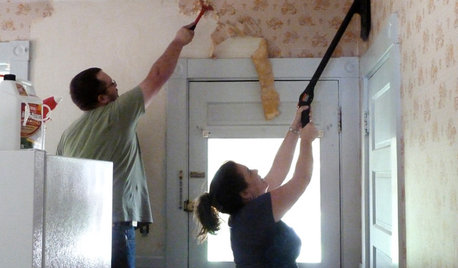
DECORATING GUIDESHow to Remove Wallpaper in 4 Steps
Learn the best way to remove wallpaper with only water (and elbow grease) so your next wall treatment will look great
Full Story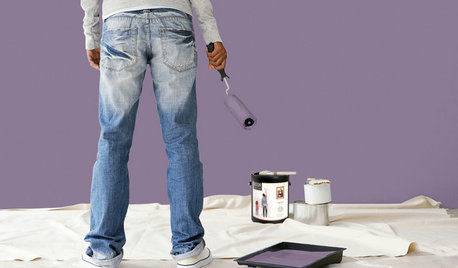
PAINTINGBulletproof Decorating: How to Pick the Right Kind of Paint
Choose a paint with some heft and a little sheen for walls and ceilings with long-lasting good looks. Here are some getting-started tips
Full Story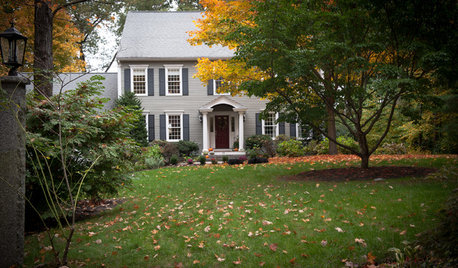
HOUZZ TOURSMy Houzz: Easygoing Elegance for a Massachusetts Saltbox
With beers on tap, a pizza oven and a guitar collection, this home mixes classic with generous doses of fun
Full Story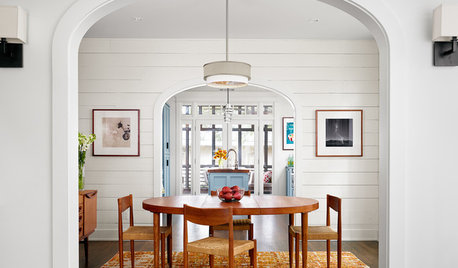
MATERIALSWhat Is Shiplap?
Read how a common exterior siding became so popular for interior paneling
Full Story
ARCHITECTURECeiling Treatments Worth a Look
Add beams, boards and other embellishments to that blank expanse for a room that looks dressed from head to toe
Full Story





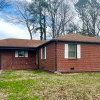

lazy_gardens